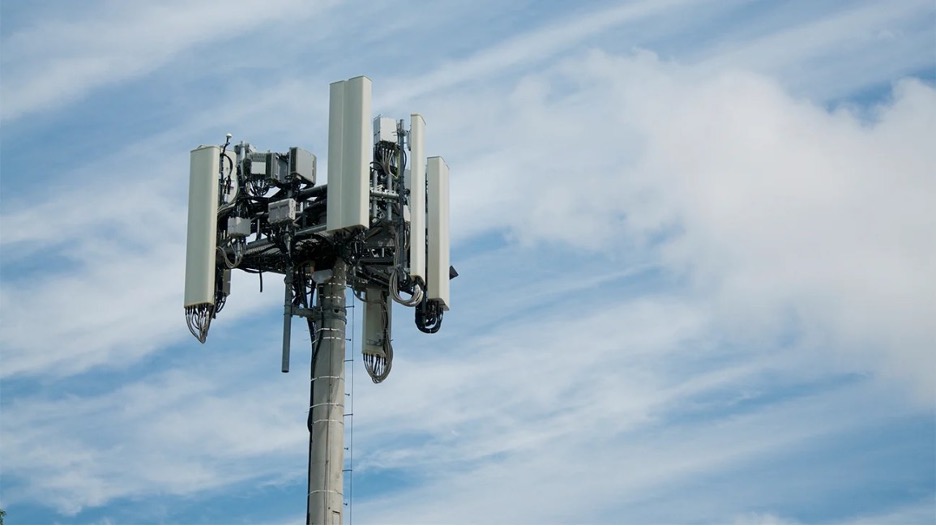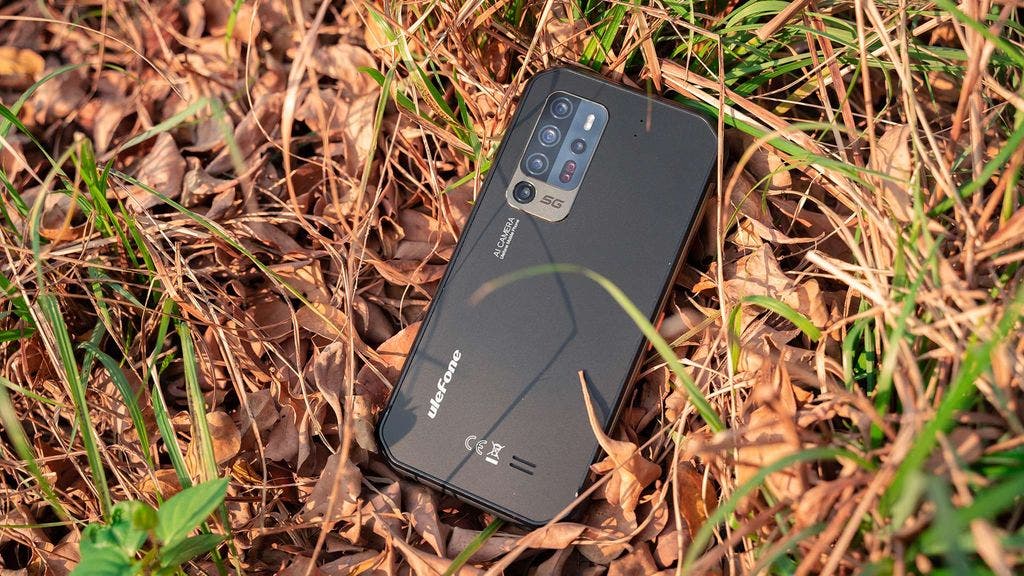
Emerging technologies are changing the way we live, work, and communicate. One such technology is 5G, the fifth generation of cellular network technology. 5G promises to revolutionize our communication by providing faster speeds, lower latency, and more reliable connectivity. However, like any new technology, 5G has its pros and cons. In this blog post, I will discuss the advantages and disadvantages of 5G technology.
Advantages of 5G Technology
Greater Transmission Speed: One of the most significant advantages of 5G technology is its greater transmission speed. The 5G network spectrum includes the millimeter-wave band, which is expected to be 100 times faster than Fourth Generation (4G) networks with transmission speeds up to 10 Gbps. This inevitably leads to faster transmission of images and videos. A high-resolution video that would normally take a long time to download can now be done in the blink of an eye using the 5G technology.
Lower Latency: Latency refers to the time interval between an order being received and the given instruction being executed. In 5G technology, the delay time is around 4-5 milliseconds (ms) and can be reduced to 1 ms, i.e., ten times less than the latency of 4G technology. This makes it possible for us to watch high-speed virtual reality videos with no interruptions. Due to this particular feature of 5G technology, it can be extremely helpful in fields other than IT, like medicine and construction fields.
Increased Connectivity: Since the 5G network uses more spectrum, it allows connection with a greater number of devices, a hundred times increase in traffic capacity, to be precise. This increased connectivity will enable more devices to connect to the internet simultaneously without any lag or delay.
Better Coverage: Anybody who has tried to get decent cellular service at a crowded concert or sports event knows that it can often be a challenge. Thousands of mobile phones competing for the same cellular service can overwhelm even the best Fourth Generation (4G)/Long-Term Evolution (LTE) networks. However, with 5G, more connectivity can be provided to these areas with lower latency and expanded access for larger groups who may need it.
Improved Communication: With its low latency and high speed, 5G is expected to enable faster and more efficient communication between people and devices. It will also provide ubiquitous connectivity to many more devices.
Disadvantages of 5G Technology
Costly: We need skilled engineers to install and maintain a 5G network. Additionally, the equipment required for a 5G network is costly, resulting in increased costs for arrangement and maintenance phases. Not to forget that 5G smartphones are costly too.
Development: The 5G technology is still under development, resulting in investing more time before it is fully operational without any issues such as security and privacy of the user.
Environmental Degradation: For establishing a 5G network, more towers and energy will be required for proper functioning, which will result in the degradation of forest land and resources, adding another cause to global warming.
Radiations: To establish a 5G network we require switching from Fourth Generation (4G) to Fifth Generation (5G) network which means both networks will operate together causing more radiation that will have long-lasting consequences on humans and wildlife.
Dangerous for Wildlife: Some studies have found that there are certain insects that absorb high frequencies used in Fourth Generation (4G) or Fifth Generation (5G) networks.
In conclusion, emerging technologies like 5G have their pros and cons. While they offer significant advantages like greater transmission speed, lower latency, increased connectivity, better coverage, and improved communication; they also pose significant risks like being costly, under development, environmental degradation due to increased towers and energy requirements for proper functioning; radiation causing long-lasting consequences on humans and wildlife; being dangerous for wildlife.
https://www.nytimes.com/2023/04/28/nyregion/5g-towers-new-york.html
https://www.healthline.com/health/is-5g-harmful
https://interestingengineering.com/innovation/is-5g-harmful-for-humans-and-the-environment
https://www.dw.com/en/5g-networks-are-they-dangerous-to-our-health/a-47981285
Engine used: Bing AI
I decided to do more research about this topic rather than use AI-generated text. Bing AI was helpful with providing guidance to my research, however, it was less thorough when being asked prompts such as, “What speeds can new 5G technology perform at as compared to old 3G technology we had years ago?”. I didn’t necessarily agree with every article and the points that were being driven. Some argue that the rapid deployment of 5G infrastructure may pose environmental concerns due to increased energy consumption and electronic waste. Additionally, there are privacy and security concerns related to the vast amount of data transmitted through 5G networks, raising questions about data protection and surveillance. There are many mixed opinions about this topic and it is hard to trust a single source and outline where biases lay.








